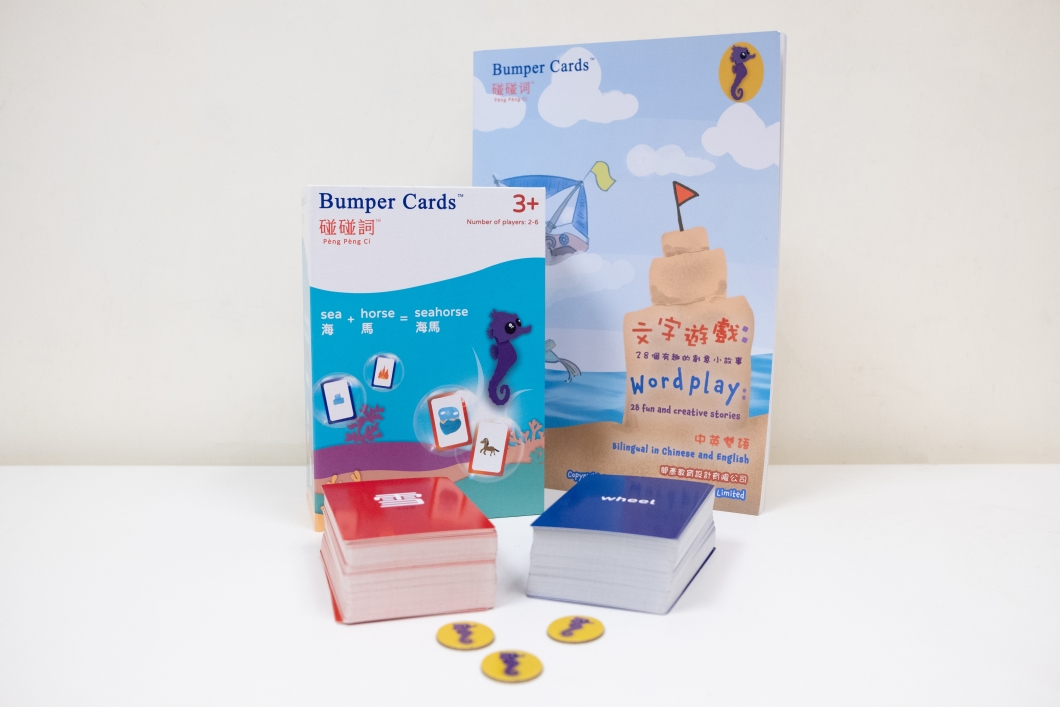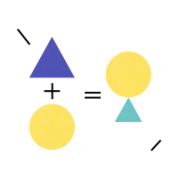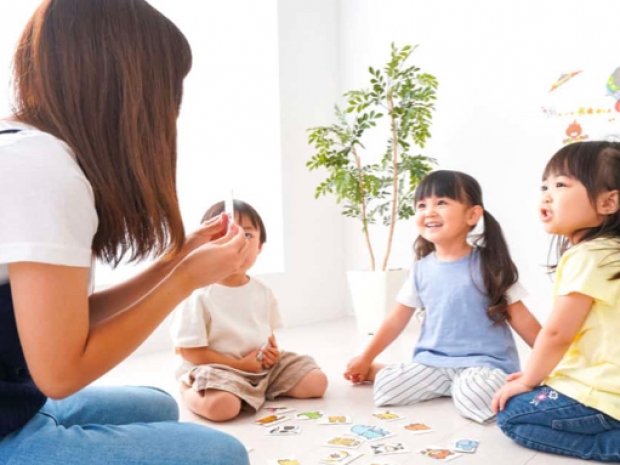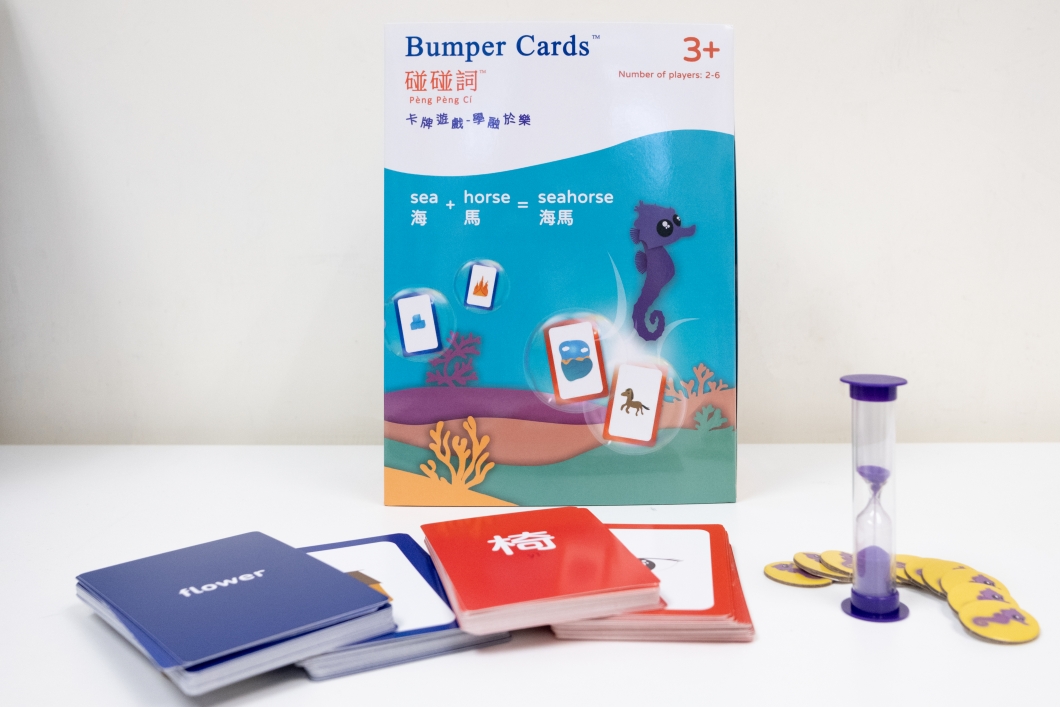Bumper Cards™ Wordplay: 28 fun and creative stories
Bumper Cards ™ Wordplay is a storybook written for children aged 3 to 8 and was developed based on more than 20 years of research on reading and vocabulary development.


Overview
Bumper Cards ™ Wordplay is a storybook written for children aged 3 to 8. Because this storybook was developed based on the bilingual language Bumper Cards ™ card game, this book can be used together with it.
Why Bumper Cards ™ Wordplay?
This book contains 28 fun and creative stories as concrete examples to demonstrate the concept of compound words. Other than simply reading the stories, there are a number of fun and engaging activities for children to take part in, such as listening, storytelling, and creative drawing. These activities are designed to further enhance creativity, language learning, and artistic expression. Consistent with the Bumper Cards ™ Card Game, this Bumper Cards ™ storybook advocates creativity through language and encourages compound word awareness and play.
Benefits






About Creativity and Literacy
The Bumper Cards ™ storybook was developed based on 20+ years of research on reading and vocabulary development by Prof. Catherine McBride (https://cammiemcbride.com)
Bumper Cards ™ promotes creativity in language by engaging children and adults in both convergent and divergent thinking. Through language interactions among players, children can better learn Chinese and English in a joyful way.
How to Use the Book:
Pick any story from among the 28 fun and creative stories
Each of the stories includes fun activities that enhance creativity using the morphemes highlighted in the story.
Other than simply reading the stories, there are a number of fun and engaging activities for children to take part in, such as listening, storytelling, and creative drawing.
Children are encouraged to come up with both real and creative words.
Consistent with the Bumper Cards ™ Card Game, this Bumper Cards ™ storybook advocates creativity through language and encourages compound word awareness and play.
It stimulates both convergent and divergent thinking, meaning that children will be more able to come up with diverse and creative solutions towards a problem.
